World’s Largest 3D-Printed Concrete Pedestrian Bridge Completed in China
The world’s longest 3D-printed concrete pedestrian bridge has been completed in Shanghai. Designed by Professor Xu Weiguo from the Tsinghua University (School of Architecture) – Zoina Land Joint Research Center for Digital Architecture, the 26.3-meter-long bridge was inspired by the ancient Anji Bridge in Zhaoxian, China.
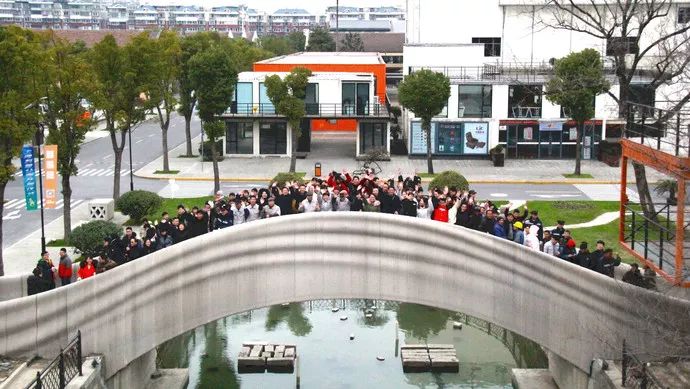
The single-arch structure was created using a 3D printing concrete system developed by Professor Xu Weiguo’s team, integrating digital design, cost efficiency, smart technology, and architectural dynamism. Enclosing the 3.6-meter width, the bridge’s handrails are shaped like flowing ribbons on the arch, creating a light, elegant movement across the Shanghai Wisdom Bay pond.
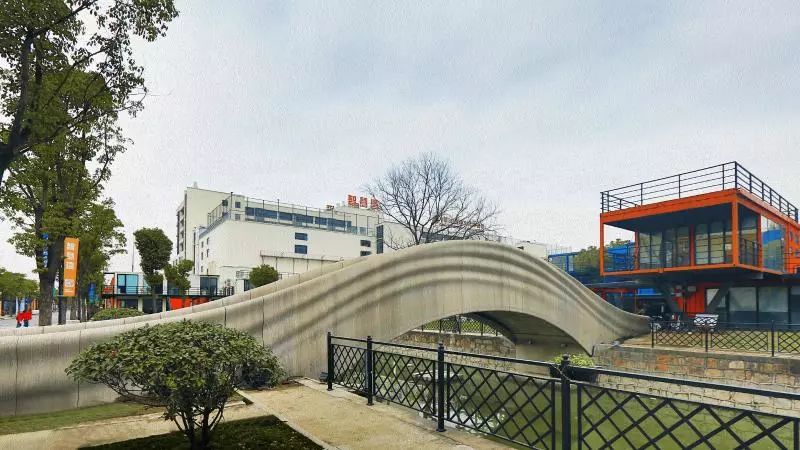
The bridge is constructed of 44 hollowed-out 3D printed concrete units, while the handrails are divided into 68 units. The bridge’s components have been printed from composite materials, containing polyethylene fiber concrete to match the structural performance of conventional materials.
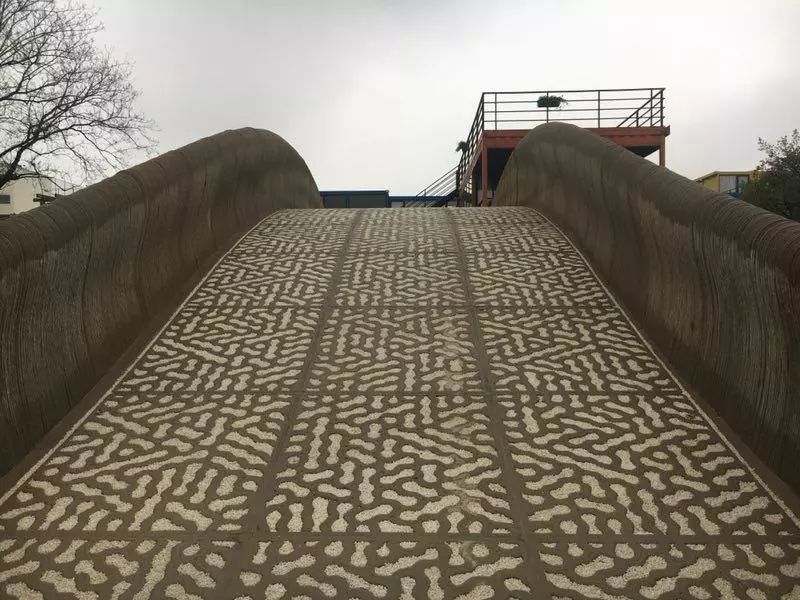
The design process involved the construction of a 1:4 scale physical model of the bridge, built to demonstrate the scheme’s viability, and proving that the bridge could hold pedestrians crowding the entire surface. For the actual construction, concrete components for the bridge were printed by two robotic arms, over the course of 450 hours. The streamlined process is estimated to have produced savings of 33% when compared to a more conventional construction process – attributed mainly to the elimination of templates and reinforcing bars.

Embedded in the bridge, a real-time monitoring system provides data on vibrating wire stresses and strains. The results will allow for a greater understanding of the practical performance of new concrete materials, and the structural properties of 3D-printed components.
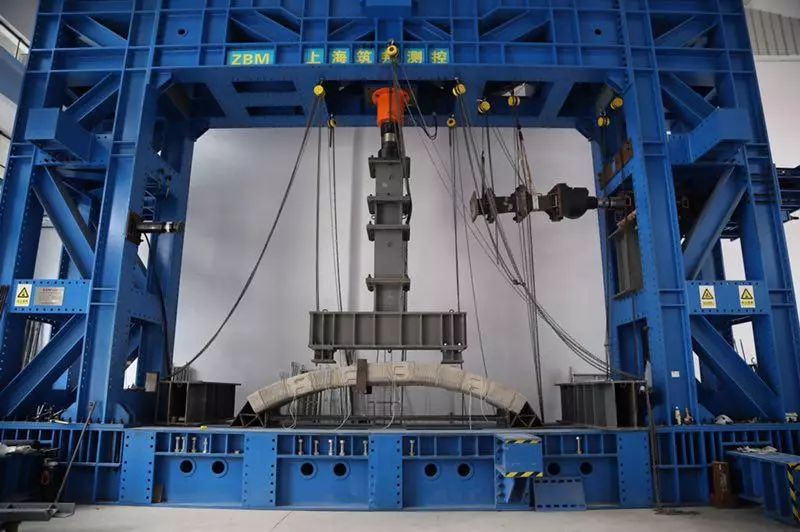
The bridge was jointly built with the Shanghai Wisdom Bay Investment Management Company.
Concrete is not the only material undergoing major change as a result of 3D printing technology. Earlier this year, Columbia University unveiled a new technique for 3D printing and scanning, producing a timber lookalike with an authentic interior grain. Meanwhile, the world’s first 3D-printed steel bridge was recently unveiled at Dutch Design Week.
Architects: Tsinghua University (School of Architecture) – Zoina Land Joint Research Center for Digital Architecture;
Design Team: Weiguo Xu, Chenwei Sun, Zhi Wang, Yuan Gao, Zhiling Zhang, Changzhuan Shao
Resource: Archdaily


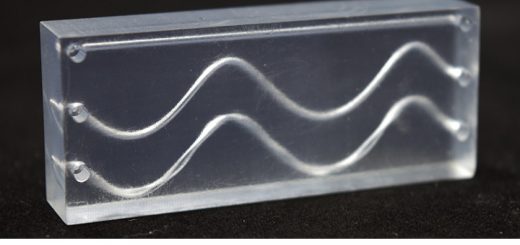

Recent Comments